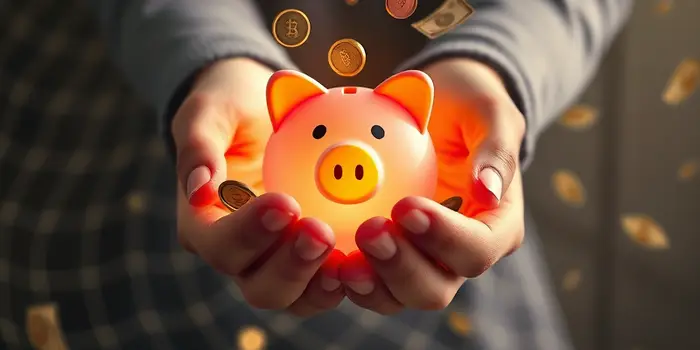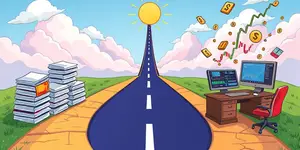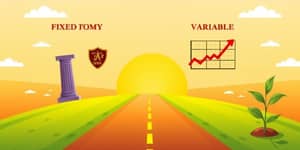
Creating an emergency fund is one of the most important steps toward financial security. When an unexpected expense arises, whether it is a medical bill, car repair, or sudden job loss, having ready cash can provide peace of mind in uncertainty. Financial experts suggest setting aside three to six months of living expenses, prioritizing capital preservation and immediate access over high returns.
Life is unpredictable. A simple flat tire or a surprise medical procedure can derail a budget and cause stress. An emergency fund acts as a safety net, ensuring you are prepared for financial emergencies and unexpected costs. By covering these expenses without resorting to high-interest debt, you maintain control over your long-term goals and avoid setbacks on your financial journey.
Establishing this cushion promotes emotional resilience during crises. You avoid sleepless nights worrying about how you will pay a big bill. Instead, you can focus on recovery or transition with confidence, knowing your fund is there to support you.
When choosing short-term investment products for an emergency fund, prioritize four core attributes. First, ensure you can access funds quickly without penalties. Second, protect the principal with reliable backing. Third, aim for consistent returns that keep pace with or outstrip inflation. Finally, avoid investments that expose your balance to dramatic swings in value.
Based on current market conditions and prevailing interest rates, these products stand out for emergency fund allocations. Each balances yield with safety and access, enabling you to earn on your cash reserve without sacrificing security.
This comparison highlights options you can tailor to your personal needs. By blending multiple products, you can enhance flexibility and yield while maintaining strong safety over your principal.
High-yield savings accounts remain the cornerstone of any emergency fund. They are FDIC-insured up to $250,000 and offer rate stability with instant or next-day access. Their rates, though variable, have reached unprecedented peaks in 2025, making them much more attractive than years past.
Money market accounts (MMAs) and cash management accounts provided by fintech platforms offer debit and check access alongside strong yields. While MMAs often require minimum balances, they can deliver up to 7.5% interest, combining liquidity and convenience in one package.
Certificates of deposit lock in a fixed rate for a set term. Short-term CDs, from three to twelve months, now yield as much as 6%. By laddering CDs, you stagger maturities and reduce penalty risk, ensuring you always have some cash maturing each month.
Short-term government bonds and Treasury bills are backed by the full faith of the U.S. government. They typically settle in one to two business days and offer yields between 5% and 7%. Buying through TreasuryDirect or a broker is straightforward, and you can choose from multiple maturities.
Short-term corporate bonds provide higher yield, up to 9%, but carry additional credit and interest rate risk. Suitable for a small portion of a large emergency fund, they can boost returns but require careful selection of high-quality issuers.
Money market funds invest in government and commercial paper, offering ultra-liquid access and competitive yields. While not FDIC-insured, these funds are regulated to maintain a stable net asset value, making them a reliable choice for emergency reserves.
When building your emergency fund, steer clear of assets that threaten your balance or delay access. High volatility, long lock-up periods, and complex liquidation processes undermine the core purpose of readily available cash.
Selecting the best vehicle for your emergency fund starts with a clear understanding of your timeline and risk tolerance. If you need full flexibility, lean into savings and money market options. For slightly higher returns, ladder CDs or allocate a small portion to government bills.
By diversifying across two or three products, you optimize for both growth and liquidity. This strategy can protect you against rate changes or product-specific limitations and ensures part of your fund is always maturing or available on demand.
An emergency fund is not a set-and-forget solution. Interest rates, personal expenses, and financial goals evolve over time. Schedule periodic reviews at least twice a year to ensure your balances, account features, and rates remain aligned with your needs.
Consider setting up automatic monthly savings transfers from your paycheck to your chosen accounts. This practice builds the habit of saving and keeps your emergency fund growing gradually without requiring constant attention.
As your expenses or income change, update your target fund size accordingly. In an inflationary environment, review whether your fund keeps pace with living costs, and adjust your allocation or ladder durations to maintain real value over time.
By following these guidelines, you ensure that your emergency fund remains a reliable lifeline whenever unexpected costs arise, empowering you to face financial uncertainties with confidence and resilience.
References













